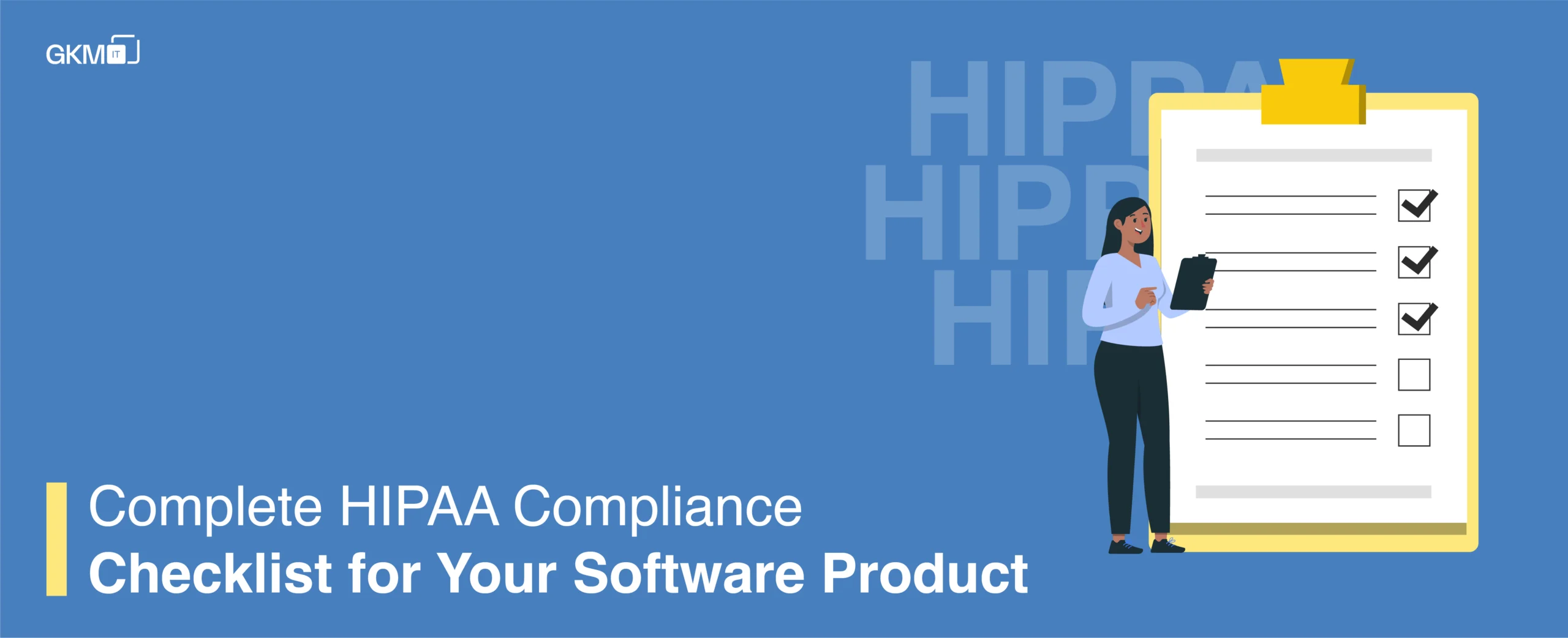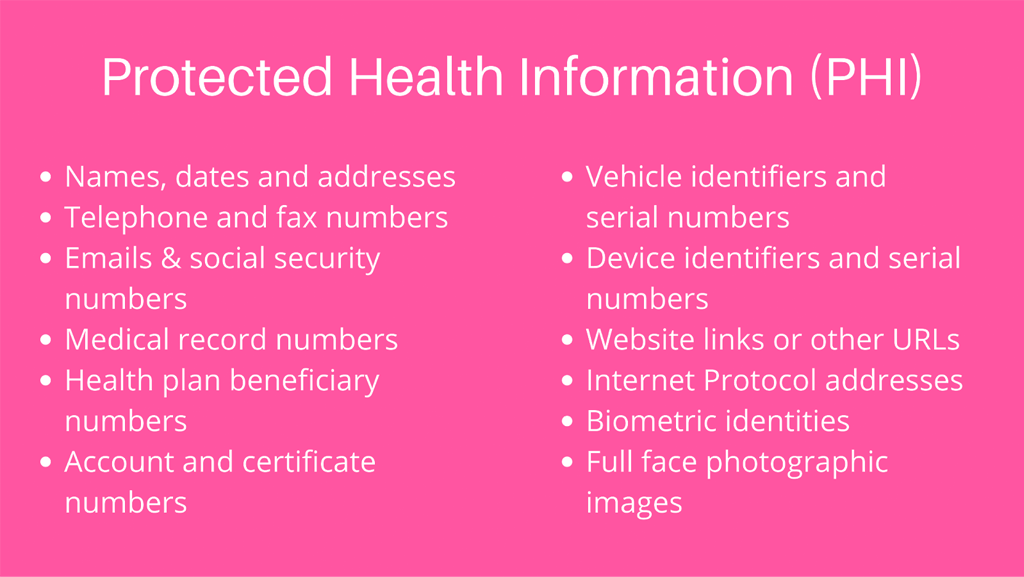
Complete HIPAA Compliance Checklist for Your Software Product
The year 1996 brought the US Insurance Portability and Accountability Act (HIPAA), which dictates medical software’s operation and functionality. Businesses that do not follow HIPAA compliance have to pay hefty fines. The Office for Civil Rights received $28,683,400 in financial penalties in 2018, as companies and organizations ignored HIPAA. If you don’t wish to pay a heavy fine, learn about the complete HIPAA compliance checklist for your next or current software products.
Introduction to HIPAA Compliance
The act came into being with only one major goal – to establish clear rules concerning the gathering, storage, use, transfer, exposure, and destruction of medical data by all sorts of parties involved in the medical establishment and who have access to such data.
HIPAA compliance’s general feature is to protect the patient’s data and allow them to make informed decisions.
HIPAA is mandatory in the US, unlike similar acts. If organizations transfer the data out of the US, then data is no longer protected by HIPAA.
Check the rules and understand the main terms by making sure your medical software is HIPAA compliant.
HIPAA compliance checklist for your software product

HIPAA uses the most reliable technologies to secure your software and all the data. While building a project, HIPAA does not name precise technologies or tools. You are free to pick the tools, technologies stack, and security features for your software project. The list of requirements any healthcare software has to meet is shown by HIPAA. Here we have created a checklist to make your application HIPAA compliant.
- Strictly control access
Tons of ePHI are processed in the process of software products. To do their job, not all employees need the same access to this data. Limited access to the data when employees really need it. Protect data from any malicious intent and also from human errors.
Pro Tip: Start with defining all specialists who will work on your product to implement role-based access control in software. HIPAA includes not only a list of doctors and nurses but also the technical and administrative staff. After defining, please make a list of data types needed by these specialists who will access it to perform tasks. It is better to limit a worker’s access to a minimum of data and to give access to data you think they might need. If specialists require access, then they can request for it when necessary.
- Encrypt data
It may sound not very clear to you when HIPAA defines PHI encryption as an optional step. Data security is the only thing that matters to HIPAA compliance. Encrypting data is entirely up to you. An example of another approach to data protection is tokenization. The easy and fast way to protect medical information is data encryption.
Pro Tip: If you choose any other security tool over encryption, ensure you use the most reliable encryption protocol that meets the National Institute of Standards and Technology demand. A pro tip is even the most reliable encryption fails or is worthless if you store the keys in an accessible place.
- Limit session times
Limit session time to enhance the security of PHI. Users will be logged out automatically after some time if they don’t perform any system activity. HIPAA can prevent unauthorized users from accessing confidential information, and it will protect the software even if the device has been left unsupervised.
Pro Tip: Session time can be adjusted accordingly. Some users who require working for long can keep longer sessions.
- Activity tracking system implemented
Based on your everyday actions, your system can track user activities and identify patterns. Thus the system can detect suspicious activities and alert you about it. You get additional time to prevent a data breach and data theft.
Pro Tip: The tracking system will help you detect a data breach and investigate an incident that already happened. By collecting all the records and actions, you can easily find who was working last on the system and how the hacker got inside.
- Back up data
Parties who have access to PHI need to keep data backup and store data securely. The law demands a
copy of all data to be stored at a reliable third-party server, separate from the original data. In case of data loss, the third-party server must restore the information.
Pro Tip: Back up your data frequently, as it will give you confidence that the stored data can be recovered when needed and is secured.
- Ensure secure authentication
To ensure secure authentication, you can opt out of a lot of approaches. HIPAA does not limit you, so choose the most reliable approach at your discretion.
Pro Tip: The most popular authentication solutions for a high level of security are as follows-
- Multi-functional authentication
- Biometrics
- Expiring passwords
- Risk-based authentication
- Physical means of identification
- Secure data transfer and storage
Now the important question that concerns more is where to store data and how to transfer data securely. Physical servers are expensive and difficult to protect, so cloud storage seems the best option.
Pro Tip: Choose a cloud service provider like Dropbox or Google Drive for out-of-box storage.
Learn what protected health insurance (PHI) is in HIPAA.

The subject matter of HIPAA is PHI (Protected Health Information). The main aim is to protect PHI. Patients’ PHI includes personal details like contact numbers and addresses for medical records.
According to HIPAA, who are the covered entities?
Anyone who works in the healthcare industry and can access PHI comes under a covered entity. According to HIPAA medical staff, hospital admin staff, and insurance agents come under covered entities.
Wrapping up-
HIPAA’s list of requirements concerning software security is too long. Modern software products from different industries use the same approaches to protect themselves from hacker attacks and security breaches. Choose a trusted software development agency to build HIPAA-compliant software solutions. If you have a healthcare app idea, consult our expert developers of best development practices and time-tested processes and turn your product or concept into a market-ready lucrative web or mobile application.
Related Blogs:
AI In Healthcare Revolutionizing Patient Care And Operational Efficiency
Enhancing Patient Care Through Healthcare Business Intelligence
Generative AI and The Future Of Personalized Healthcare
Holi 2025 Tips To Make Your Festival Of Color Safe